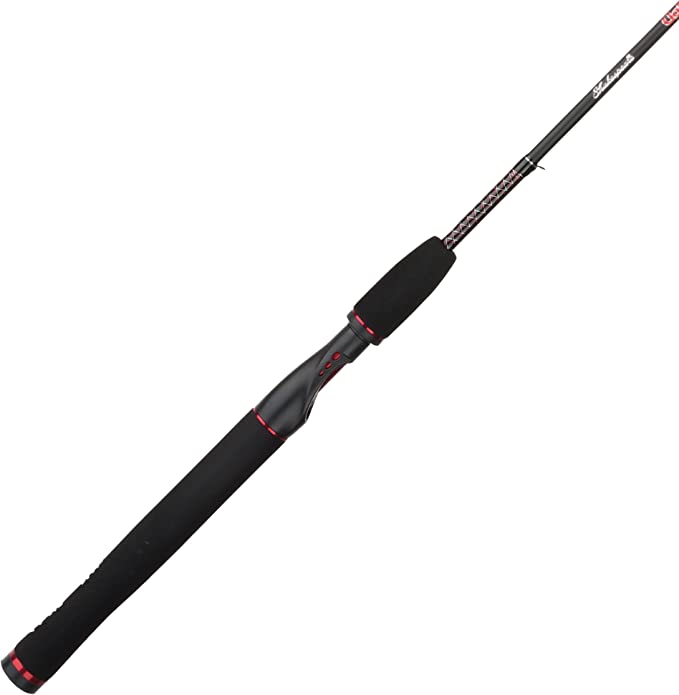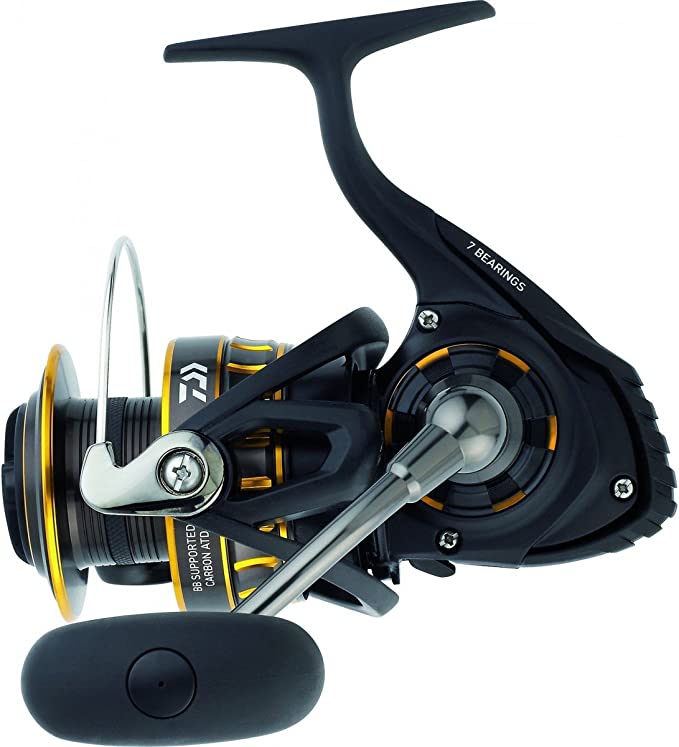Harvesting Gigajoules: The Physics and Engineering of High-Density Portable Solar Arrays
Update on Nov. 19, 2025, 10:34 a.m.
The sun bombards our planet with approximately 173,000 terawatts of energy continuously—more than 10,000 times the world’s total energy use. For the modern off-grid explorer, the challenge has never been the availability of energy, but rather the efficiency of the “bucket” used to catch it. In the realm of portable power, capturing significant wattage has historically meant hauling cumbersome, rigid glass frames.
However, a shift in materials science and semiconductor manufacturing has ushered in a new era of high-density portable photovoltaics. Devices like the EF ECOFLOW EF-Flex-400 400W Portable Solar Panel serve as a prime example of this technological maturation. By dissecting such high-output portable arrays, we can understand the intricate dance between photon capture, electron flow, and the structural engineering required to fold a power plant into a carry case.

The Atomic Highway: Monocrystalline Efficiency Explained
At the heart of any high-performance solar panel lies the silicon wafer. The distinction between “good” and “excellent” performance often comes down to the purity of this crystal lattice.
The Monocrystalline Advantage
The EF-Flex-400 utilizes Monocrystalline Silicon cells. Unlike polycrystalline cells, which are cast from molten silicon containing multiple crystals, monocrystalline cells are sliced from a single, continuous cylindrical crystal ingot.
* The Physics: In a single-crystal structure, the silicon atoms are perfectly aligned. This creates an unimpeded “superhighway” for electrons. When photons strike the cell and dislodge electrons (the photovoltaic effect), these electrons face less resistance and fewer recombination sites (grain boundaries) as they travel to the busbars.
* The Result: This atomic perfection is what allows for efficiency ratings of 23%. In the context of a portable 400W panel, this efficiency is the defining factor of portability. Lower efficiency would require a significantly larger surface area to generate the same 400 watts, rendering the unit too heavy and bulky for practical transport.
The Thermodynamics of Power: Managing the Heat Paradox
A fundamental irony of solar technology is that while panels need sunlight to function, they despise the heat that often accompanies it. This is governed by the Temperature Coefficient of Power.
As the temperature of a solar cell rises, the bandgap of the semiconductor shrinks, causing a drop in voltage that outpaces the slight increase in current. This results in a net loss of power output—typically around 0.3% to 0.5% for every degree Celsius above standard test conditions (25°C).
Addressing Thermal Realities
Users of high-power portable panels often note that the panels can become extremely hot to the touch—a natural consequence of absorbing high-energy radiation. Rigid rooftop panels have airflow underneath to mitigate this. Portable panels, often laid near the ground or on vehicle hoods, face a tougher thermal challenge.
* Engineering Solutions: This is where material selection becomes critical. The EcoFlow unit employs a lamination of EVA (Ethylene Vinyl Acetate) and Fiberglass. Unlike glass, which retains heat, these materials are designed to balance thermal conductivity with durability.
* User Implication: Understanding this physics manages expectations. A 400W panel might output 300W on a scorching 100°F day, not because it is defective, but because the laws of thermodynamics are in effect. Optimal performance is actually found on cold, sunny days, where the silicon remains cool, keeping voltage high.

The Geometry of Collection: Cosines and Kickstands
The raw power rating of a panel (e.g., 400W) is measured under “Standard Test Conditions” (STC): 1000 W/m² of irradiance, 25°C cell temperature, and an air mass of 1.5. In the real world, the sun moves.
The Cosine Loss Factor
The energy received by a panel is proportional to the cosine of the angle of incidence. If sunlight strikes the panel at a 90-degree angle (perpendicular), intensity is 100%. As the angle deviates, power drops off sharply.
* Structural Solution: This explains the necessity of the integrated adjustable kickstand case found in designs like the EF-Flex-400. It is not merely a stand; it is a tool for geometric optimization. By allowing the user to adjust the angle from 40° to 90°, the system allows for manual tracking of the solar elevation, significantly increasing the daily energy yield (Watt-hours) compared to lying the panel flat.
Material Science: Durability vs. Density
Portable solar is a battle against weight. A 400W rooftop panel might weigh 50 lbs and be encased in heavy aluminum and glass. A portable version must shed weight without sacrificing the protection of the fragile silicon cells (which are as brittle as potato chips).
The IP68 Engineering Standard
Achieving an IP68 rating (dust-tight and immersible in water) in a folding design involves complex lamination.
* The Stack: The silicon cells are sandwiched between layers of EVA and a robust backsheet (often fiberglass or a specialized polymer). This creates a semi-flexible composite that can withstand the micro-flexing of transport without cracking the cells.
* The Trade-off: While lighter than glass, these high-density composites still possess mass. The EF-Flex-400 weighs 35.3 lbs (16kg). This weight is the physical manifestation of durability. To make it lighter would require thinning the protective layers, thereby risking cell fracture during deployment. It represents a calculated engineering balance between portability (can be carried) and ruggedness (survives the trip).
The Intelligent Grid: MPPT and System Integration
Finally, a solar panel is only a generator; it requires a brain to manage the harvest. While the panel itself is an analog device, its performance is unlocked by Maximum Power Point Tracking (MPPT) technology, typically housed in the paired portable power station.
The MPPT controller constantly monitors the voltage and current coming from the panel (which fluctuates with every passing cloud) and adjusts the electrical resistance (load) to ensure the panel operates at its “sweet spot.” * Connection Standard: The use of MC4 connectors on panels like the EcoFlow 400W is a nod to professional solar standards. Unlike proprietary plugs, MC4s provide a weather-tight, low-resistance connection that can handle the high amperage (up to 10-11 Amps for a 400W panel) without dangerous resistive heating.

Conclusion: The Era of Personal Micro-Grids
The emergence of reliable, high-output devices like the EF ECOFLOW EF-Flex-400 signals a shift in off-grid capabilities. We have moved beyond the “trickle charge” era into the age of the personal micro-grid. With 400 watts of intake, the math changes—recharging a large battery bank becomes a daily possibility rather than a multi-day ordeal.
However, leveraging this power requires an active engagement with the physics of the system. It requires respecting the thermal limits of silicon, optimizing the geometry of deployment, and understanding that weight is often the price of durability. When these engineering principles are understood, the portable solar panel transforms from a simple accessory into a sophisticated engine of energy independence.






























